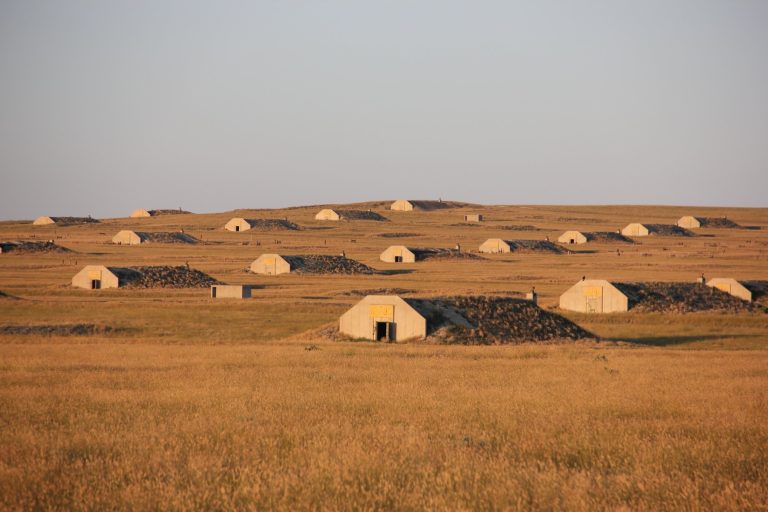HURON, SD – January’s Windy Fire was an early and sad start to Fire Season 2021, and a reminder of the important role volunteer fire departments play in rural communities across South Dakota.
The fire was 21 miles long and four miles wide, burning between 15,000-20,000 acres along the South Dakota and North Dakota borders of Lemmon, SD and Hettinger, ND.
So, who are the individuals who make up these volunteer departments? And why do they set aside time for trainings, meetings and fire emergencies?
To find out answers, South Dakota Farmers Union reached out to three South Dakota cattle producers who also serve as volunteer firefighters on departments in Reliance, Grand River and Lemmon.
Shane Reis raises cattle on his family’s Reliance ranch and works full time for USDA’s Natural Resources Conservation Service as the Resource Unit Conservationist for the River Hills Region. In addition to serving as fire chief for the Reliance Volunteer Fire Department, Shane serves on the Reliance Town Board. He and his wife, Tessa, have a daughter, Arista.
Question: This is a volunteer position. With everything else you have going on each day, why do you make time for the hours of training, paperwork and emergencies that serving as a volunteer firefighter takes up?
Answer: I believe firefighting and farming and ranching are very intertwined. Most of my friends and neighbors serve as volunteer fire fighters and they would help me out if my family’s ranch started on fire, so I am here to help them out. To me it feels like a partial responsibility I have raising livestock in western South Dakota.
I also like to see our small communities thrive. In my rural community and many rural communities across South Dakota, the volunteer fire department is the lead on several community projects. We are there to help with street dances or park clean up.
Volunteer firefighters are also among the first to arrive when tragedy happens. This may be the toughest part of our job. If there is a car or farm accident, in or near Reliance, there is a good chance you know, or are related to the person involved.
Chad Odell ranches full time. On Christmas Day 2016 his shop caught fire and the Grand River Volunteer Fire Department turned out to help. This was when he made the decision to join the department. He drives the 1,800-gallon tender truck for the Grand River Volunteer Fire Department. He and his wife, Lisa, have three children: James, Thadeus and Cheyanne.
Question: Do you think it helps that all the volunteers serving as firefighters are from the area?
Answer: Yes. In this community, most of us are volunteer firefighters so we can help our friends and neighbors. Everybody is always worried about everybody else.
And I’d like to point out that there are several volunteers who are the second or third generation in their family to serve on the department. Most of us grew up here. We know the family who owns the land where the fire is. More than likely, we have been on their place for brandings or to help move cattle. Out here there aren’t roads everywhere, so it’s important that we know how to get to the fire.
But there’s another side to this, because it is our friends and neighbors, you see friends and neighbors lose cattle or all the feed for their cattle — I mean, that’s just tragic and you feel their loss and pain too.
Shane Penfield raises cattle on his family’s Lemmon ranch. He owns a law firm and serves as State’s Attorney for Perkins, Corson and Ziebach Counties. He serves as Fire Marshal and Public Information Officer of the Lemmon Volunteer Fire Department. He and his wife, Kelli have four children: Nathan, Will, Shelby and Sloane.
Question: Due to the volunteer nature of your fire department, how do you make sure volunteer firefighters know how to fight fire and at the same time remain safe?
Answer: We rely upon our training. At least once a month our firefighters have training which includes drills.
When people think of a volunteer fire department, they often assume that because we are volunteers, the firefighters do not meet the same standard as paid firefighters. This simply is not true. We are serious about meeting the same standards. Each member of our volunteer department is required to have completed firefighter training courses and received Wildland Fire Fighting certification.
We also have training and equipment for extraction and grain bin rescue. Our department also has 13 certified divers trained in rescue and recovery. This is quite important when you have 5,000 surface acres of lake nearby.












